G. L. Pease
 It’s an absolutely gorgeous morning. Spring is sprouting all round, with wildflowers of all sizes and colours punctuating the green and gold of the open field across the street, and the weeds in the back yard have effortlessly achieved dog-camouflaging heights. The air is clean and fresh from recent rains, the delicate blue of the sky is veiled with a few soft, wispy clouds, and I’ve just enjoyed an absolutely, and somewhat unexpectedly brilliant smoke from a pipe with which I’ve had a very rocky relationship for a couple of years.
It’s an absolutely gorgeous morning. Spring is sprouting all round, with wildflowers of all sizes and colours punctuating the green and gold of the open field across the street, and the weeds in the back yard have effortlessly achieved dog-camouflaging heights. The air is clean and fresh from recent rains, the delicate blue of the sky is veiled with a few soft, wispy clouds, and I’ve just enjoyed an absolutely, and somewhat unexpectedly brilliant smoke from a pipe with which I’ve had a very rocky relationship for a couple of years.
I had been instantly seduced, or at least smitten by this pipe when I saw it on a tobacconist’s website. It was a shape I collect from a maker whose pipes, for the most part, have offered excellent performance. It was beautifully cut, and sported a rare and unusual finish. I wasn’t planning on buying a new pipe, but as soon as my eyes fell on it, I had to have it, made a call, and a fairly painless trade was negotiated. Everything should have marked the beginnings of a great friendship, but a few bowls into my ownership of the thing, I realized that simply was not to be the case. From the outset, this new beauty vexed me. Maybe I should have given up on it early, traded it to someone with more patience, or for whom the pipe might show more kindness. More than once, after all, I’ve gotten rid of a pipe that just didn’t taste right to me, always telling its prospective new owner so, only to have them subsequently report that it was a great smoke for them. Different horses for different courses.
But, for some reason, this one just would not allow me to let it go. Every time I thought about trading it off, I couldn’t bring myself to do it. I’d look at it, and recall a particular Castello, an extraordinarily beautifully cut Sea Rock 2k bent bulldog, that, for two years, irrespective of what tobacco I filled it with, stung me like a mouth full of wasps. Finally, one day, it matured into a fantastic smoke; it was one of those pipes that I often read stories about from guys who say their best smokers often are the ones that were the most difficult to break. I’m rarely so indulgent of briar’s sometimes cruel follies. (In fact, I was so fed up with that pipe by the time it had come round, I traded it away in a foolish fit of vindictiveness. To this day, I wish I could find another just like it. And, to this day, I sometimes wonder if I need psychological help for the strange relationships I seem to develop with some pipes, but I suspect I’m not alone there.) The memories of that bulldog informed my decision to keep working with this one, even in those most frustrating moments when I was convinced it would simply never improve.
And, truthfully, even the early smokes weren’t completely bad. It’s smoking dynamics, the way it burned the tobacco, have never been an issue. It’s always smoked effortlessly to the bottom, has never gurgled, and it’s really been remarkably civilized from a thermodynamic perspective. It’s never shown any sign of hot spots, no strange darkening in or on the bowl, and it developed a nice cake easily enough. In fact, there were never any genuinely “off” flavours, but rather just a rowdy harshness that persisted from bowl to bowl. I tried everything. Blindly chasing a deja vu idea that, like that old bulldog, this pipe would suddenly turn a corner, I smoked different styles of tobaccos, hoping to find one that would be simpatico with the briar’s peculiarities. I tried different packing techniques, different smoking cadences. I even approached it like an estate pipe, deep cleaning with alcohol and activated charcoal. Nothing worked. It began to seem that I’d be locked in an eternal, Sisyphean struggle with this one.
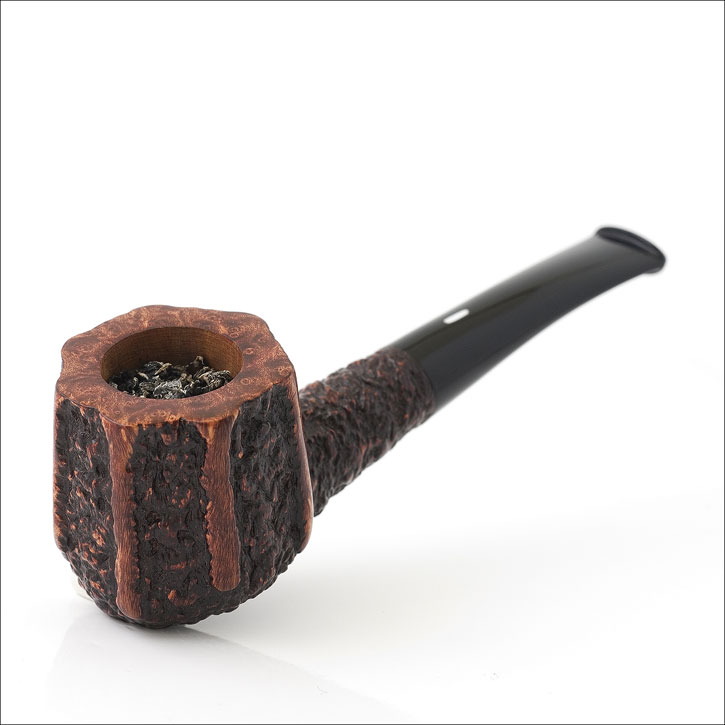
I remember years ago, on a Saturday afternoon in the back room of Drucquer’s, when, as a neophyte pipester, I was having a similar argument with a “difficult” pipe, and one of my early mentors offered some advice that seemed to fly in the face of everything I “knew” to be correct. It was a lovely old Dunhill, one that took a lot of wheeling and dealing for me to acquire, and I really liked the thing, but it stubbornly refused to deliver the delicious smoke I was expecting. Certainly, after all its years of use, the briar must have been well seasoned, and it should have tasted much better than it did. It wasn’t tainted, or foul, but bland, and completely unremarkable. It just wasn’t the great smoke that I’d been led to believe I could expect from a patent era Dunhill. “Eric,” I asked, as he sat in the big chair he always claimed, serenely cleaning and polishing his own pipes, my pipe guru on the mountain top, “what can I do to make this thing come round?”
He looked up from his work, first, over the top of his spectacles at me, then through them at the Dunhill, and revealed his deep secret of pipe smoking Zen mastery. “Smoke the hell out of it.” He went on. “Smoke it again and again, and when you think you’ve smoked it too much, smoke it some more.” I’d been led to believe that this would ruin a pipe, but this guy had earned his robes long before I’d joined the club, and I didn’t have much to lose, so I figured I’d have a go. Eric was right. After a couple dozen bowls, smoked in what I’d previously have considered far too rapid a succession, something I’d learned to think of as pipe maltreatment, if not full scale abuse, the thing almost magically metamorphosed from caterpillar to butterfly.
So, I found myself, all these many years later, with another pipe that I really wanted to like, but that steadfastly refused to cooperate. I’d smoked it many times, each time giving it what I considered to be appropriate care. I cleaned it dutifully, gave it rest, kept the cake trimmed neatly and evenly to my preferred 1-mm thickness. There was some improvement over time, but mostly it continued to offer a rasping and shrill smoke, not the deep, richness that I want and expect from a great pipe. Again, not wanting to, but almost ready to give up on it, and wondering what to try next, Eric’s words echoed in a nearly holographic projection. “Smoke the hell out of it.”
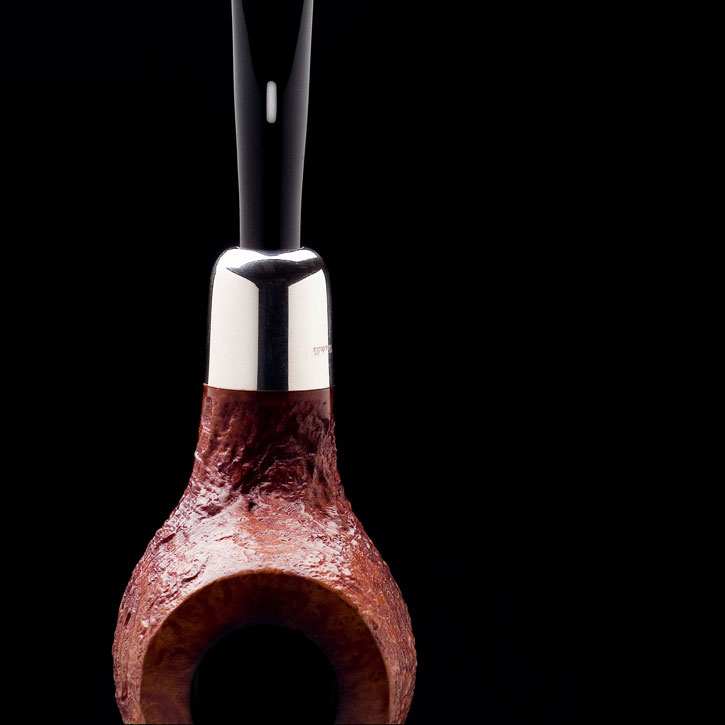
Choosing a tobacco that I have an intimate familiarity with, one that I know to be more forgiving than most of a brash briar’s bad behaviour, I became pipe smoking’s Inquisitor, and set out to either drive the devil out of the thing, or kill it in the attempt. The pipe balked. A couple of times, it threatened to drown itself in gurgling goo. Its head spun round. It spat at me, and it called me names in a terrifying voice. I persisted. When I thought it was finally taming, it would turn on me and bite. It seemed hopeless. Then, one day, after more than a week of this daily routine, the transformation happened, I had a fabulous smoke, and that’s where this tale started.
Was it worth the effort? Absolutely, at least in this case. Not every stubborn pipe will rise like a Phoenix from desperation’s dottle, but when one does, the investment spent is a small price to pay for the many years of enjoyment the future will bring. And, isn’t patience one of the lessons pipe smoking is supposed to teach us?
Your turn.
-glp
Photos courtesy of and © Gregory L. Pease. Used with permission. All rights reserved.
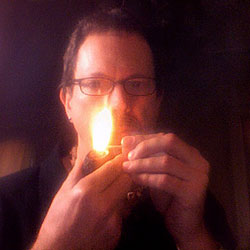 Since 1999, Gregory L. Pease has been the principal alchemist behind the blends of G.L. Pease Artisanal Tobaccos. He’s been a passionate pipeman since his university days, having cut his pipe teeth at the now extinct Drucquer & Sons Tobacconist in Berkeley, California. Greg is also author of The Briar & Leaf Chronicles, a photographer, recovering computer scientist, sometimes chef, and creator of The Epicure’s Asylum. See our interview with G. L. Pease here. |






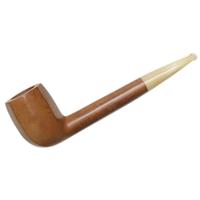
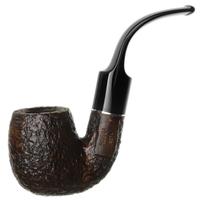

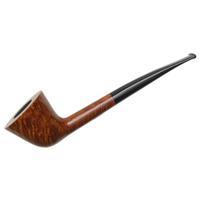
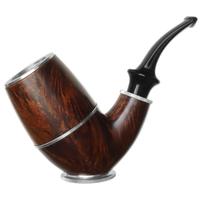





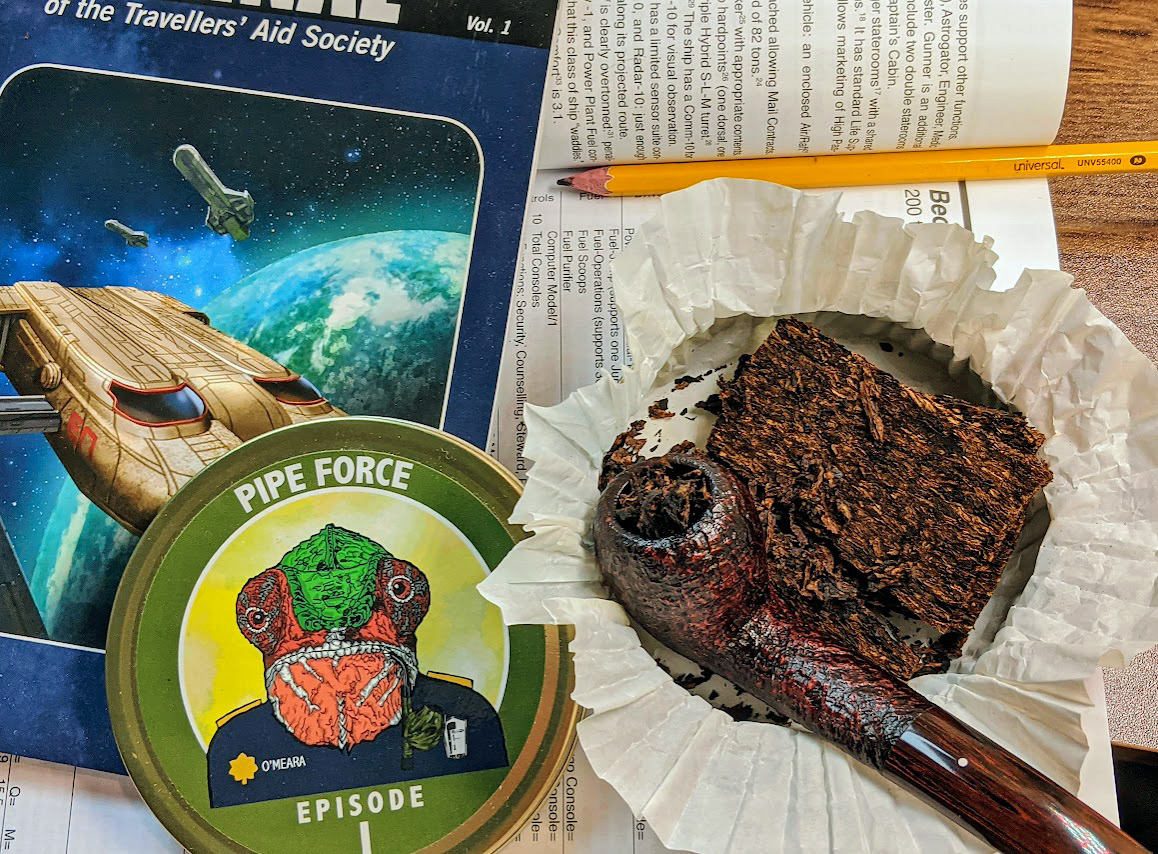





Tame that beast!!!!! 🙂
As I was about to trade or sell several of my oldest and most stubborn pipes, I read your essay on persistence and am going to try the uber smoke idea. Thanx for the incentive. I always enjoy the articles you write. In particular, I have a large Tom Howard that has fought me since the start. I guess I’ll make a new rotation of these unruly briars, and try to get them to see things my way for a change.
Steve, it would be great if you report back on what you experience. As I said, it doesn’t work on every pipe, but it’s always worth trying a little couples therapy before applying for divorce.
Funny I am reading about a Tom Howard pipe. I have a great looking bulldog that has been cursing me since the day I bought it. I believe the comedian must of carved his pipe from super briar. My pipe had this nasty aro smell I could not get rid of. I smoked strong english tobacco but to no avail. I finally went the route of booze and and salt and after several procedures I thought I had the pipe cured. Nope, still had that taste. So I basically did what Mr. Pease was told to do, I turned it into a holy pipe. I smoked the hell out of it and today it is one of my go to english pipes. Plus this was a pipe I bought for less then 10 bucks. Thanks for the great article Mr. Pease.
Heh! The Pipe Exorcist! At least it didn’t hurl green pea soup at you! Great read, and a excellent reminder that there are some “rules” that sometimes beg to be broken. Bravo, Maestro!
Most excellent article, and I bow to your writing skills because not many out there can properly use the word “Sisyphean”. I have a Peterson that needs this kind of treatment.
Here in Holland we just whisper to an unwilling pipe “if you don’t smoke well now I’m going to put Clan (by Theodorus Niemeyer) in you”. Works every time! 🙂
Been there myself, and still have a few that haven’t come around. But once I get one to the sweet spot, I record what tobacco was in it and that’s all it gets from then on. Thanks for the great insight!
Great read. Thanks!
This is pretty inspirational. I recently got a Castello sea rock off of eBay that I was really excited about and it has not really been very exciting to own it. I think I am going to smoke two pipes and then smoke two pipes and then I will smoke to more. Thanks again. thbg
Due to an unusual situation that has little relevance now, I mercilessly pressed a modest GBD bulldog into continuous service for the first 2 or 3 years that I had it. I kept it clean, but worked it very hard. In light of your article it is no coincidence that it has become the gold standard of my collection. Thanks for another wonderful piece of writing.
What is it about thsoe Sea Rocks??? I just got an estate about three weeks ago and am just about ready to Make it or Break it with a solid week of hard labor just like Greg’s mentor suggested. Maybe the SeaRocks just aren’t made to be fussied with?
Great article – really enjoyed it!
I’m trying this with one of the pipes I referred to last month – excrutiating!
What was that saying of Robert the Bruce? “If at first you don’t succeed – give up!”
Well I took the old codger’s suggestion. I put my estate Castello Sea Rock bent Bulldog through one week of hard labor,(smoked the hell ouot of it). I think I broke its Spirit. The last time I smoked it after two or three times a day for 5-6 days,I found that it’s starting to co-operate nicely. Going to give it a full weeks’ rest now. I’ll try to remember to get back here and let ya’s know how grateful the bugger is in a week.
I’ve just gone through a week of ‘persistence’ with another old pipe that had never given me a truly great smoke, and am happy to report resounding success. I’m actually in the process, once again, of attempting to prune my somewhat overgrown collection, something I do every so often, and part of the selection process boils down to keeping only those pipes that provide the greatest pleasure accompanied by the least pain. Some, I’ve simply lost interest in; these are the easy ones. Freehands that I acquired because I found them fascinating, but never smoked because they’re just too damned large or unwieldy, or shapes that just no longer have the same appeal to me they once had, or pipes that have never smoked well for me, for any of the myriad reasons that can happen. As I encounter those that fit only the last category, pipes that don’t taste ‘right’, but appeal to me in all other ways, I’m putting them aside for the administration of some protracted pipe-torture, to see how many come round, and how many wind up being just too stubborn for my admittedly limited patience. I have a feeling that some, perhaps most, may find themselves in my little group of absolute faves. Time will tell. What a wonderful pastime we share.
I shall continue to look forward to others’ experience as they unfold.
Ok, it’s been about a week now that I’ve rested my estate Castello Sea Rock Bent Bulldog. After what seems to have been rebellion at being adopted out by a previous owner, having hissy fits each time a tobacco of my choice was introduced to it, a week of hard labor,(smoking the hell out of it), the Sea Rock has humbled itself into submission and acceptance to its new owner, me. The first tobacco I smoked in it was an aged burley flake as I am rather familiar with it and I know what subtle nuances to expect. As an obedient dog would react to a masters command, as I first lit the tobacco I think this pipe may have wagged it’s tale! I used a basic burley becasue it , in my eyes has no real complexities like the next bowl that the Sea Rock recieved which was GL PEASE’S Cumberland that has been jarred for about 6 months. Both tobaccos I AM happy to say were recieved well and tolerated admirably by this Castello, the most expensive pipe I have purchased to date aside from a ’67 freehand straight grained Ben Wade that I remember purching IN 1967 for $35. At that time that was considerable cash outlay at a proper tobacco shop in Wilmington,DE. I am truly Grateful to you mr. Pease and to your mentor Eric back at the old shop for his wisdom nd you carrying it forward, THANK YOU
man that is a mighty fine pipe you speak of!
YUP! Ol’ Cassie,(Castello), is a wonderful gal